Introduction to Machine Vision
Machine vision is revolutionizing industries by providing automated visual inspection and analysis capabilities, making it essential in various sectors like manufacturing, healthcare, and automotive. This technology enhances quality control and operational efficiency, ultimately allowing businesses to make informed decisions based on visual data. For those unfamiliar with this fascinating field, machine vision refers to the capability of a computer or a machine to interpret visual information from the world around it.
What is Machine Vision?
At its core, machine vision encompasses the technological means that enable computers to replicate human vision. It involves capturing images using cameras, processing these images with algorithms, and providing actionable insights based on the visual analysis. This capability transforms static image data into dynamic responses within automation systems, enhancing performance across a variety of applications.
History and Evolution of Machine Vision
The origins of machine vision can be traced back to as early as the 1960s when researchers began experimenting with automated inspection systems. Initially, these systems were limited and could only perform basic tasks. Over the decades, advances in computer science, optics, and artificial intelligence have significantly enhanced the capabilities of machine vision systems. The introduction of sophisticated image processing algorithms and the advent of machine learning frameworks in the 21st century have further accelerated its evolution, enabling machines to learn, adapt, and improve inspection processes autonomously.
Core Components of Machine Vision Systems
A machine vision system typically consists of several critical components that work in unison:
- Cameras: High-resolution cameras capture images of objects. Different types of cameras are employed based on the specific needs, such as monochrome, color, or 3D cameras.
- Lighting: Proper lighting ensures visibility and enhances image quality. Various lighting techniques, such as diffused, backlight, and structured illumination, may be used.
- Image Processing Algorithms: Software analyzes the captured images, applying algorithms that allow the system to interpret and understand the visual data.
- Output Devices: The analysis results can be communicated through various output devices, including monitors, alarms, or automated machinery, to carry out specific tasks based on visual data.
Applications of Machine Vision
Machine vision finds its utilities across numerous sectors, with widespread applications that demonstrate its versatility and effectiveness.
Manufacturing and Quality Control
One of the prominent applications of machine vision is in manufacturing. Companies employ machine vision systems for:
- Defect detection: Identifying defects on production lines before products leave the factory.
- Automated measurement: Ensuring products meet specified dimensions and tolerances.
- Assembly verification: Confirming that components are accurately placed and assembled.
By implementing machine vision, manufacturers can reduce errors, minimize waste, and streamline operations which collectively result in significant cost savings.
Healthcare and Medical Imaging
Machine vision technology is also making strides in healthcare. In medical imaging, it assists in analyzing images from ultrasound, MRI, and X-ray machines for more accurate diagnostics. Systems can detect abnormalities, guide procedures, and assist medical professionals in making evidence-based decisions.
Moreover, machine vision is employed for patient monitoring systems to maintain health and safety standards within medical environments.
Automotive Industry and Self-Driving Cars
The automotive sector is rapidly evolving with the integration of machine vision technology, particularly in the development of autonomous vehicles. Machine vision systems enable vehicles to:
- Detect obstacles and understand road conditions.
- Recognize traffic signs, signals, and lane markings.
- Monitor driver behavior for safety and assistance.
Through the use of machine vision, self-driving cars can operate with increased safety and reliability, paving the way for a more secure transportation infrastructure.
Machine Vision vs. Computer Vision
Key Differences Explained
While the terms “machine vision” and “computer vision” are often used interchangeably, they refer to distinct concepts:
- Machine Vision: Focused mainly on the industrial applications of visual inspection, assessing the quality of products and automating inspection tasks.
- Computer Vision: Encompasses a broader scope, including the ability of computers to interpret and understand visual information from the world — applicable not only in manufacturing but also in fields like robotics, security, and augmented reality.
Common Uses and Examples
Common use cases highlight further distinctions:
- Machine Vision: Used in barcode scanning, visual inspections of products, and identifying defects in manufacturing settings.
- Computer Vision: Used in facial recognition systems, autonomous drones, and machine learning applications like image classification.
Future Trends in Vision Technologies
The future of machine vision and computer vision looks promising, with trends indicating:
- Enhanced integration of artificial intelligence to improve learning and adaptability.
- Broader accessibility of advanced machine vision technology across various industries.
- Increased focus on data security and ethical considerations surrounding visual data processing.
As technology continues to evolve, machine vision is expected to demonstrate greater accuracy, efficiency, and affordability, solidifying its place as a standard within automation processes.
Implementing Machine Vision Systems
Successfully integrating a machine vision solution is critical for organizations seeking to optimize their operations. Below, we outline the necessary steps, best practices, and common challenges encountered during implementation.
Steps to Deploy a Machine Vision Solution
When considering deployment, organizations should undertake the following steps:
- Define Objectives: Clearly outline the goals you hope to achieve with machine vision, whether it’s quality control, throughput increase, or cost reduction.
- Assess the Environment: Analyze the production environment and identify factors such as light conditions, workspace layout, and product types.
- Select Appropriate Hardware: Choose the right cameras, lighting, and computers that will meet the demands of your specific application.
- Develop Image Processing Algorithms: Tailor algorithms to process and analyze the images correctly, ensuring they meet inspection criteria.
- Test and Validate: Conduct live tests in the production setting to ensure the system performs as expected.
- Train Personnel: Provide comprehensive training for employees on how to operate the machine vision system effectively.
Best Practices for Integration
To ensure seamless integration, follow these best practices:
- Conduct a pilot program before full-scale implementation to address any potential issues.
- Maintain an open line of communication between system developers and end-users throughout the process.
- Regularly update software and hardware components to keep pace with evolving technologies.
Challenges and Solutions in Implementation
Despite the benefits of machine vision, organizations may face challenges during implementation, including:
- High Initial Costs: While the return on investment is appealing, the upfront costs of hardware and software may be constraining. Companies can alleviate this by phasing out deployment and prioritizing areas that offer the greatest ROI.
- Complexity: Machine vision systems can be complex to set up and administer. Firms should invest in training and choose intuitive interfaces that make operation easier for users.
- Integration with Existing Systems: Legacy equipment may pose challenges when integrating machine vision solutions. Investing in adaptable technology that allows for compatibility can mitigate this issue.
Measuring the Impact of Machine Vision
Once a machine vision system is operational, it’s essential to evaluate its impact on the overall operations of the organization. Metrics provide insight into how well the system is performing and where improvements can be made.
Key Performance Indicators (KPIs)
To measure effectiveness, organizations should track KPIs such as:
- Defect detection rates: Monitors the accuracy of defect identification
- Production throughput: Evaluates the increase in production efficiency
- Return on investment: Analyzes the financial benefits realized through improved operations
Case Studies of Successful Implementations
Several organizations have successfully implemented machine vision systems with impressive results. For instance, a leading automobile manufacturer integrated machine vision for real-time inspection on their assembly line. This resulted in a 30% reduction in defect rates and significant cost savings attributed to fewer recalls and improved customer satisfaction.
Future of Machine Vision Technology
The future of machine vision technology appears bright, with ongoing advancements in artificial intelligence and image processing that will enable even greater capabilities. This ongoing evolution is likely to further integrate machine vision into many facets of daily life, enhancing functionality in manufacturing, transportation, healthcare, and beyond.
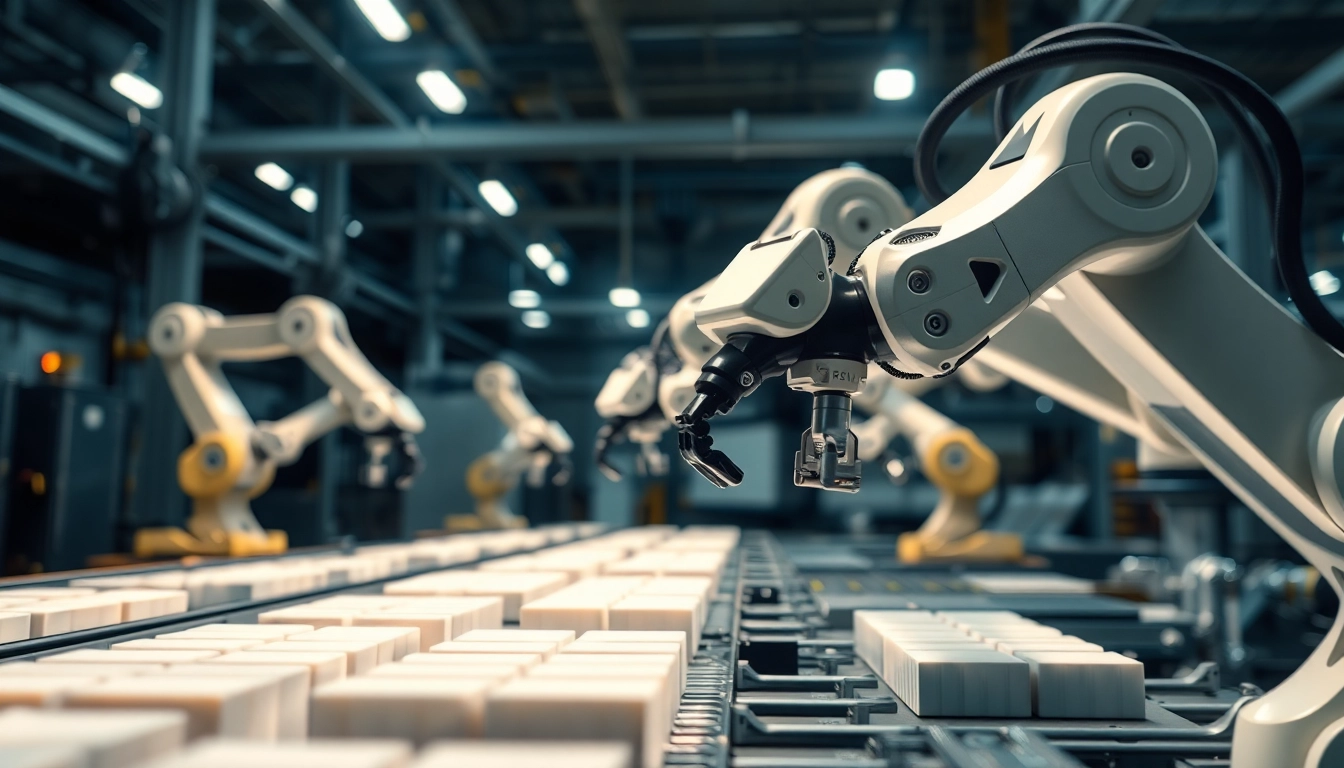
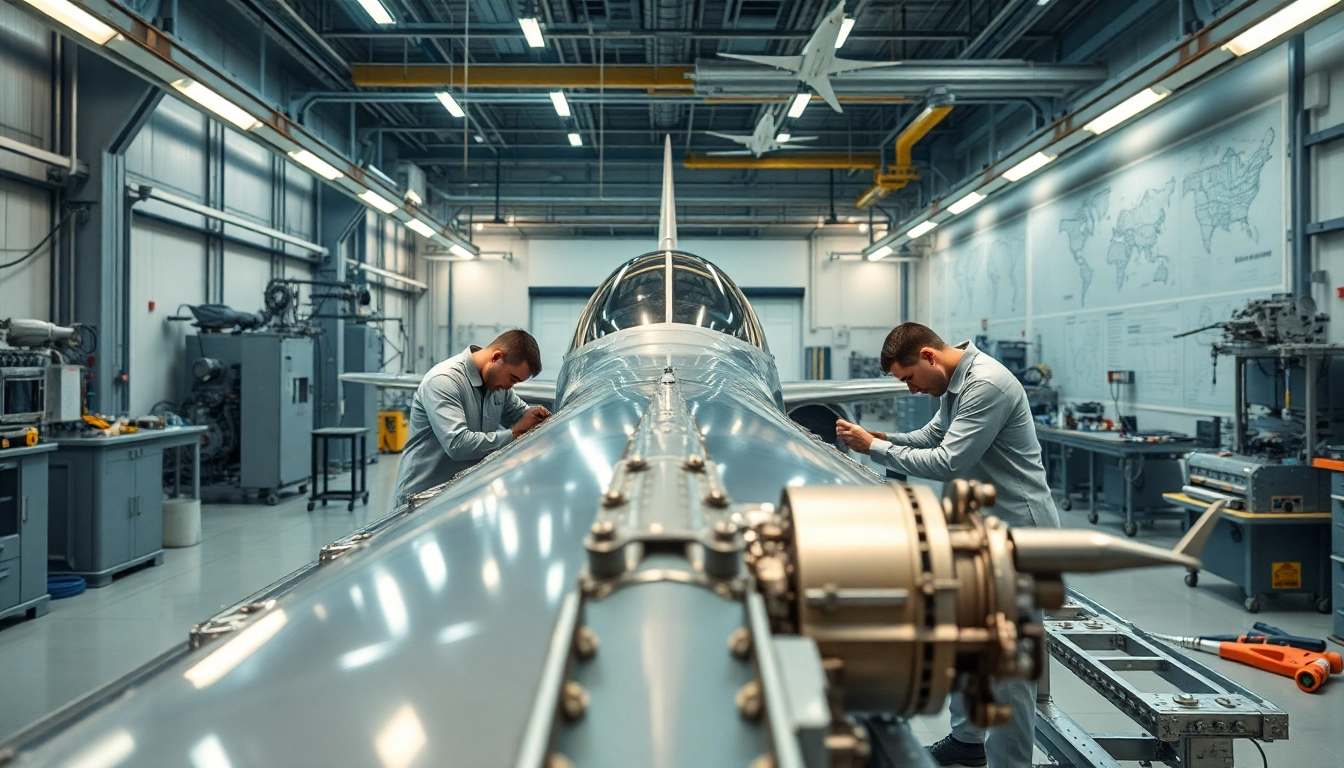




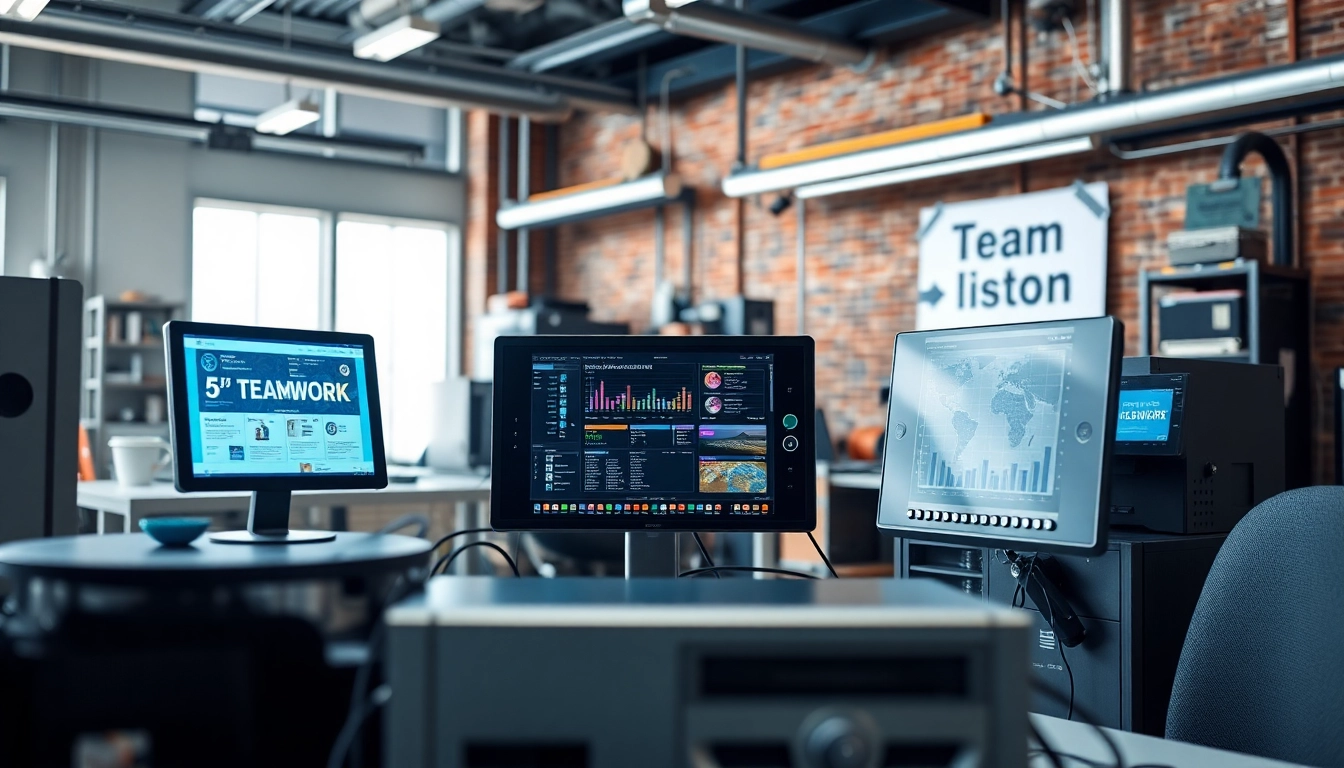

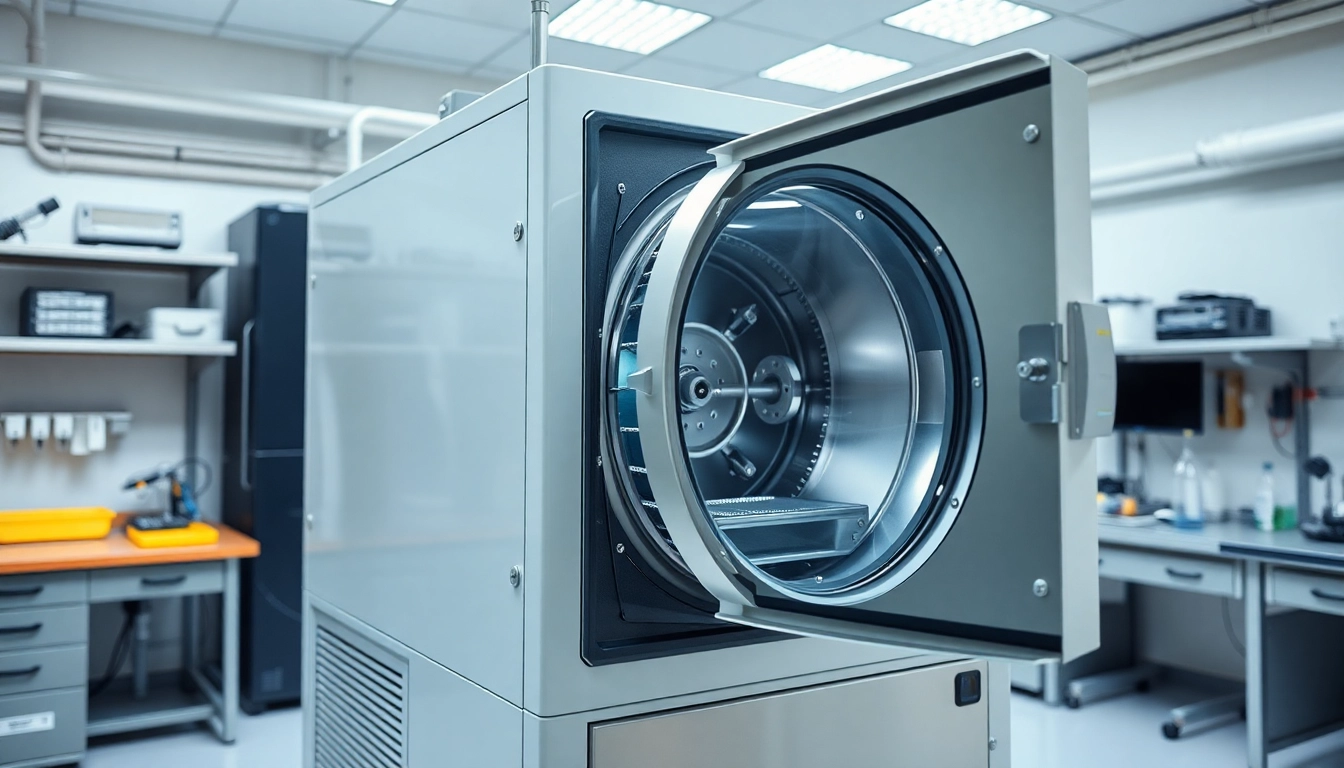


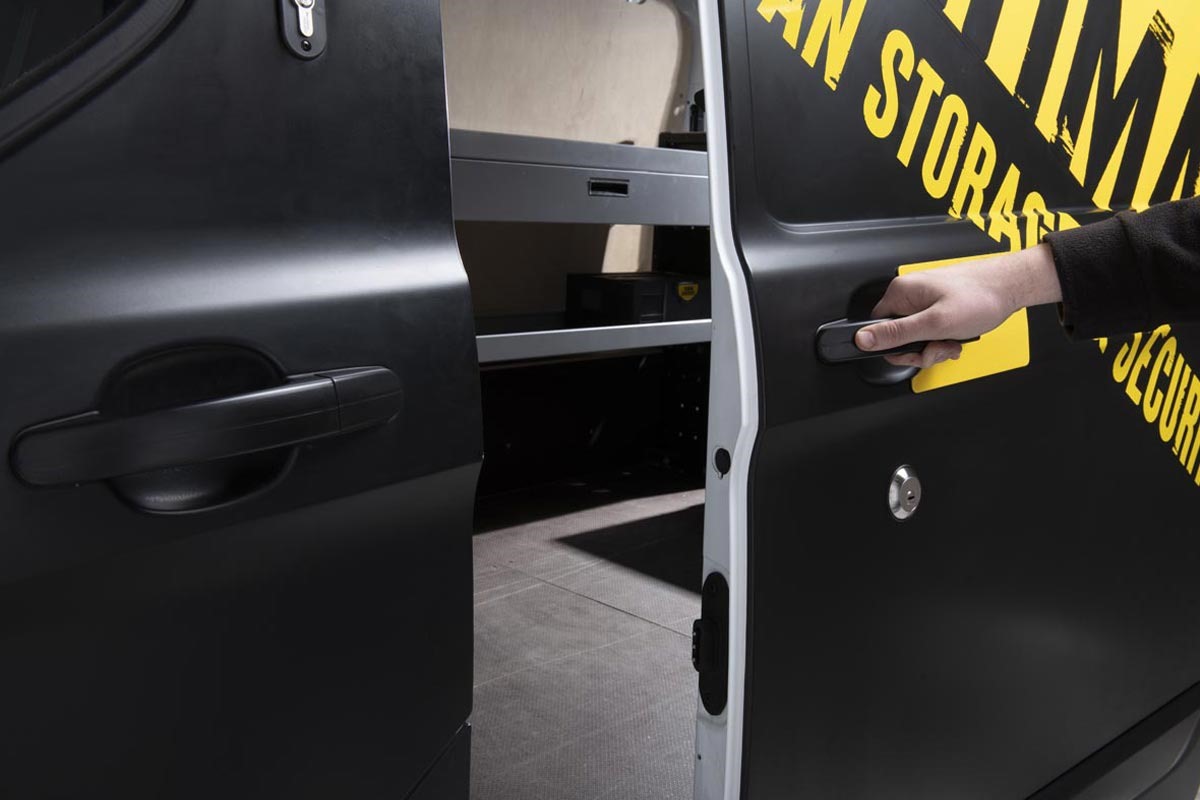


Leave a Reply